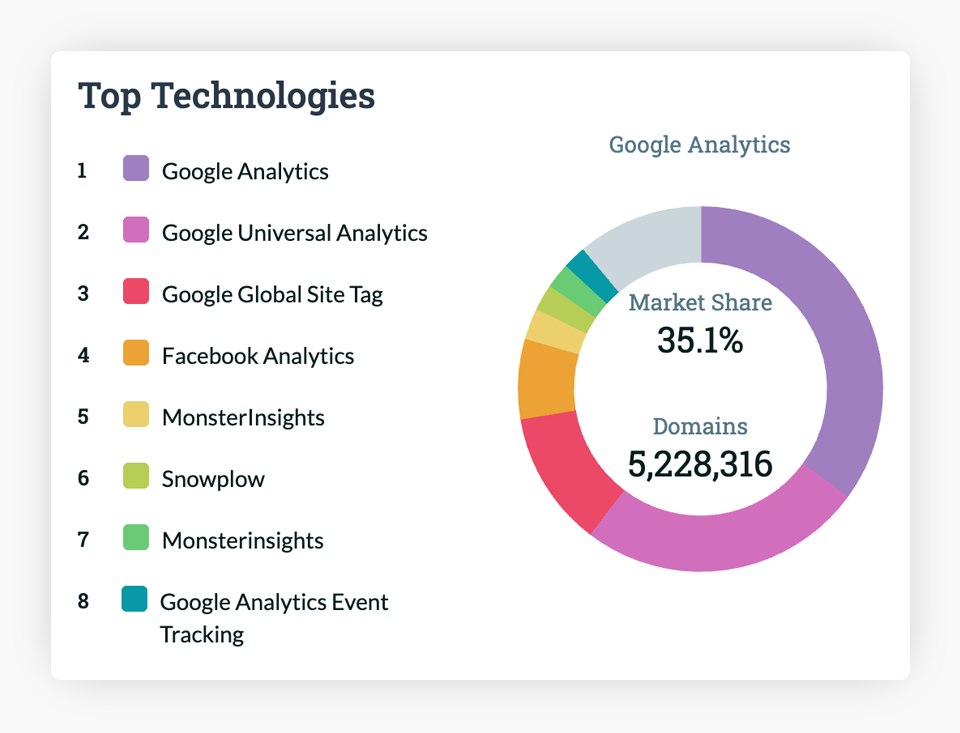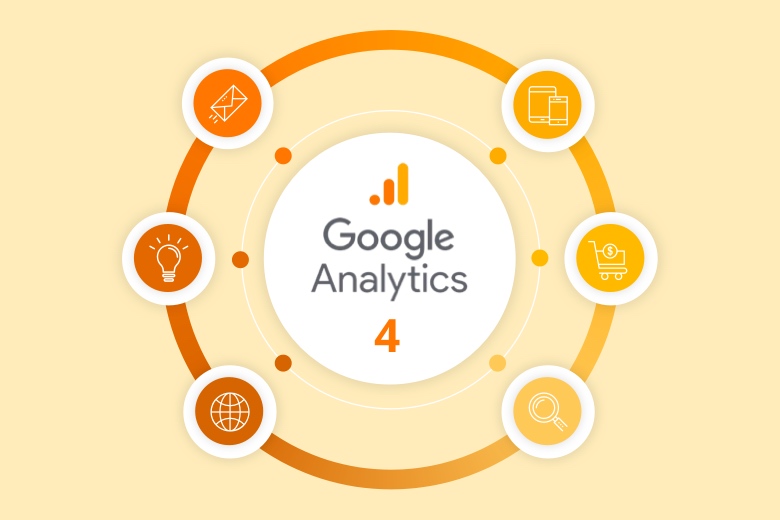Crucial Standards: Recognizing Data Collection Boundaries in Google Analytics
Crucial Standards: Recognizing Data Collection Boundaries in Google Analytics
Blog Article
Leveraging Google Analytics for In-Depth Insights Into Individual Habits and Involvement
In the electronic landscape where individual behavior and involvement hold the essential to online success, leveraging tools like Google Analytics has become vital for companies seeking to comprehend their target market's interactions with their platforms. This innovative analytics system uses a wide range of data that can unveil elaborate details regarding how individuals browse sites, engage with content, and inevitably transform - what data does google analytics prohibit collecting. By taking advantage of Google Analytics, companies can reveal beneficial insights that exceed surface-level metrics, giving an extensive understanding of customer actions and choices
Understanding User Behavior With Google Analytics
Making use of Google Analytics supplies an extensive understanding of customer actions on digital platforms. By analyzing data such as the number of site visitors, their geographic areas, the web pages they check out, and the activities they take, services can get important insights into exactly how individuals engage with their websites or applications. This details enables notified decision-making, making it possible for companies to optimize their on the internet visibility for improved individual experience and engagement.
One key aspect that Google Analytics assists to reveal is user web traffic patterns. By tracking metrics like the source of web traffic, referral web links, and prominent key words, services can identify what drives individuals to their system. what data does google analytics prohibit collecting. This knowledge help in customizing advertising and marketing strategies to target details demographics or passions effectively
Additionally, Google Analytics provides comprehensive reports on customer involvement, showcasing metrics like bounce prices, session periods, and conversion prices. Comprehending these metrics provides useful comments on the effectiveness of content, layout, and total individual experience, encouraging companies to make data-driven renovations and drive much better results. Basically, Google Analytics functions as a powerful tool for decoding user habits and maximizing digital systems for success.
Analyzing Website Website Traffic Patterns
Comprehending the circulation of website traffic on a website is essential for optimizing its performance and improving individual involvement. Assessing internet site traffic patterns gives valuable insights into exactly how customers connect with the site, what web content they discover most interesting, and where they may be running into challenges. By leveraging tools like Google Analytics, website owners can track metrics such as web page sights, one-of-a-kind site visitors, bounce prices, and ordinary session duration to acquire an extensive understanding of individual habits.
Researching traffic sources is crucial in figuring out where site visitors are originating from, whether with organic search, social networks, recommendations, or straight website traffic. This information aids in customizing advertising methods to target specific audiences efficiently. Additionally, analyzing the actions circulation within the internet site can highlight preferred touchdown web pages, departure pages, and the most common courses users take through the website. Recognizing these patterns makes it possible for internet site owners to make enlightened decisions about web content positioning, navigation renovations, and general website style to enhance customer experience and drive conversions.
Tracking Customer Engagement Metrics
To strengthen the understandings obtained from evaluating website web traffic patterns, it is crucial to concentrate on monitoring individual engagement metrics. Individual engagement metrics supply beneficial information concerning exactly how visitors communicate with an internet site, indicating the degree of passion and fulfillment with the content. By tracking metrics such as bounce rate, average session duration, web pages per session, and conversion prices, site owners visite site can recognize the performance of their content and customer experience.
Bounce rate determines the percentage of visitors that browse far from the website after seeing just one web page, showing whether the web content is engaging and appropriate. Typical session duration discloses exactly how much time site visitors spend on the site, mirroring their level of passion. Pages per session metric shows the ordinary variety of pages site visitors view throughout a session, showing the deepness of expedition. Conversion rates track the percentage of site visitors who complete a desired action, such as purchasing or filling out a type, mirroring the performance of the web site in driving individual activities. By assessing these customer interaction metrics, site proprietors can make educated choices to maximize their material and user experience to enhance interaction and accomplish their goals.
Identifying Conversion Opportunities
Identifying prospective conversion chances is a vital aspect of enhancing website performance and achieving desired individual activities. Through Google Analytics, organizations can discover important understandings that can help in recognizing areas where customers are handing over or not continuing to the preferred conversion activities. By assessing metrics such as conversion rates, landing page efficiency, and customer flow, services can determine potential bottlenecks in the conversion procedure.

Additionally, making use of Google Analytics' behavior flow attribute can provide an aesthetic representation of just how individuals navigate with the web site. This can assist in recognizing preferred pathways as well as any roadblocks that might be impeding conversions. By leveraging these Website understandings, companies can maximize their website for boosted individual experience and enhanced conversion prices.
Enhancing Customer Experience With Data-Driven Insights
By leveraging data-driven understandings from Google Analytics, services can strategically optimize their internet site to improve customer experience and drive higher conversion prices. Recognizing individual actions through data evaluation enables companies to tailor their websites to meet the particular requirements and choices of their target market. By determining essential metrics such as bounce prices, session duration, and prominent pages, organizations can gain beneficial insights into just how users connect with their site.
Google Analytics gives thorough details on customer demographics, devices utilized, and also the specific activities tackled the internet site. This information makes it possible for organizations to make educated decisions on site style, content positioning, and total user circulation. By leveraging these insights, firms can produce a more interesting and customized customer experience, leading to boosted contentment and loyalty.
Furthermore, data-driven understandings can help organizations determine discomfort points in the customer trip and carry out targeted renovations to improve the conversion procedure. By constantly analyzing and checking customer actions, services can adjust and enhance their website to make sure a enjoyable and seamless experience for visitors, inevitably driving higher conversion prices and making the most of service success.

Final Thought
Finally, Google Analytics supplies beneficial understandings right into user behavior and involvement on sites. By examining traffic patterns, tracking involvement metrics, and identifying conversion possibilities, services can make data-driven decisions to improve the individual experience. Leveraging these understandings can bring about enhanced site efficiency and boosted conversions.
By tracking metrics such as bounce rate, average session duration, web pages per session, and conversion rates, site proprietors can comprehend the performance of their content and customer experience.
Conversion rates track the percent of site visitors who finish a preferred action, such as making an acquisition or filling up out a type, reflecting the performance of the internet site in driving individual actions. By examining these customer involvement metrics, website proprietors can make enlightened decisions to enhance their material and individual experience to improve interaction and attain their objectives.
By leveraging these understandings, businesses can enhance their internet site for improved user experience and enhanced conversion rates.
By leveraging data-driven understandings from Google Analytics, organizations can purposefully maximize their web site to boost individual experience and drive greater conversion prices.
Report this page